Contents
Guide

We dedicate this book to each other for having the patience and trust required to teach and learn together, and to the great authors who paved the way for us by writing about what its like to be Black, Indigenous, a Person of Color, queer, disabled, or to hold any rising identity... so that we could quote and reference you. Thank you for saving us and countless others the emotional labor of having to describe these experiences.
AUTHORS NOTE
T HIS BOOK IS FOR ORGANIZATIONS COMPANIES , SCHOOLS , and nonprofitsand the people working within those settings who are aiming to create cultures that are sustainably diverse and inclusive. We provide advice for both organizational leadership and individuals at all levels. We believe that truly inclusive organizations require consistent, long-term investment by leadership (financially, emotionally, and educationally). We also believe that diversity, equity, and inclusion (DEI) efforts, even when laid out well by leadership, will not succeed if the individuals within the organization are not adept at working, speaking, and healing across different identities (for instance, Latinx and white, gay and straight).
We open our book by addressing a few limitations. Throughout we speak largely from our personal experiences and identities. Both authors identify as cisgender women who were born in the United States and have been US citizens their entire lives. Neither of us has Indigenous heritage or a disability. We have attempted to include vignettes and examples that represent a multitude of sociocultural identities; however, we realize that some readers may not see themselves explicitly represented in these pages. We hope that the recommendations will be considered both in the context of the identities mentioned in the examples (such as race), and also generalized to other identities by the readers.
While the vignettes are largely based in the United States and, thus, our sociocultural politics, the skills we impart are applicable cross-culturally, with attention to the fact that it is more or less acceptable to speak out in different regions of the world, based on identity (for example, as a woman, as someone from a lower socioeconomic status, or a nondominant religion). The vignettes are based on true stories as shared with and experienced by us. Our aim in sharing these narratives is not to embarrass but to educate. Therefore, in many instances, we have changed identifying characteristics, including name, location, and type of organization or industry.
We will share ideas that some disagree with and leave out things unintentionally that people will be upset we missed. As this work evolves, some of our suggestions will become outdated. As we write, language is continuously shifting within the DEI and anti-racism literatures. This book is meant to be easily digestible, with tangible takeaway skills throughout each chapter. One cost of this approach is that we do not heavily review the many incredible scholars who have come before us in this field. For developing deeper knowledge on the origin of these concepts, we recommend readings in realms such as racism, power and privilege, anti-racism, and white privilege.
A few notes on the terms that we use throughout this book. When we say organization, we are referring to any structured group of people. Thus, this book is meant to apply to schools, research and healthcare institutions, businesses of all sizes, and nonprofit organizations. Oftentimes the words diversity and inclusion are used interchangeably. We use the term sociocultural identities to describe the many identities we all hold. As psychologists, we often use our adapted ADDRESSING framework, which is an acronym that reminds us of the sociocultural identities that have historically been dominant or targeted (age, disability, diagnosis [mental health], religion, race, ethnicity, socioeconomic status, sexual orientation, Indigenous heritage, nation of origin/citizenship status, and gender identity and gender expression). When we say diverse, we are referring to a group of people that includes representation across many sociocultural identities (for example, a group that includes people of many different races or gender identities). When we say inclusive, we mean that the organization/group is aware of the history of dominant and targeted identities and is aiming to work against those dynamics. Inclusive organizations are reflective, considerate of positionality, and aim to engage in a process of continued learning on the topic of sociocultural identitieslike reading this book.
CHAPTER 1
INCLUSIVE TEAMS ARE BETTER TEAMS
W E ARE AT AN INFLECTION POINT . T HE TIMELINE OF THE past few years, a steady drumbeat of a world unjust, birthed this book. We were able to write it because we have developed a deep, trusting relationship. That relationship has elevated our work to greater levels. We have seen, firsthand, the benefit of having a diverse team. We know that relationships across difference can transform not only individuals, but also the greater system around them. We believe that by developing and sustaining relationships across difference like we have, we can build empathy in spaces where stereotypes and bias once stood.
We developed our relationship using a number of skills that we were taught or that we developed together. We believe those skills can easily translate to all workplaces, educational settings, and organizations. Thus we share them with you, using real-life, de-identified, stories. We identify where things went wrong and provide guidance on what to do next. We believe that by engaging these skills you can enhance your relationships, create sustainably diverse teams, and reduce bias in the workplace and the world.


Jaymies Story

The day was finally here. After years of college courses, networking, apprenticeships, and dreaming, Jaymie, a Latinx queer woman, studied her reflection in the full-length mirror. As she straightened her blouse and donned her suit jacket, she wondered if her attire was feminine enough to meet peoples expectations and masculine enough to be taken seriously. Only one interview away from landing her dream internship at a major advertising agency, she arrived early and confidently navigated the bank of slick glass elevators to the fourteenth floor. As she strode into the firms lobby, she caught another quick glimpse of herself, adjusted her hair, and thought, Yikes. Am I wearing too much eyeshadow?
Upon entering the office suite, she was ushered to a conference room where she joined the other interviewees. They nodded and smiled while sizing one another up, pretending not to be competitors. The directors, two older white men, entered the room. They spoke passionately about the history of the agency and shared their vision for the future of the company. As the session came to a close, the senior director slowly scanned the room and said, We have been told by interns in the past that they were disappointed by the lack of diversity in our workforce. We want you to hear it directly from us: we are working to change that.

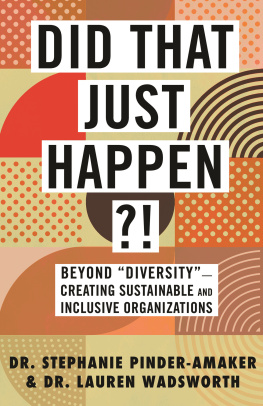


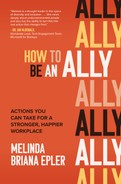
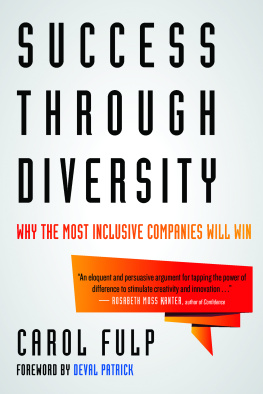
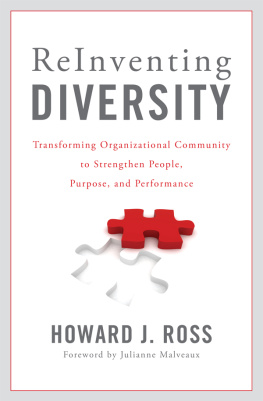
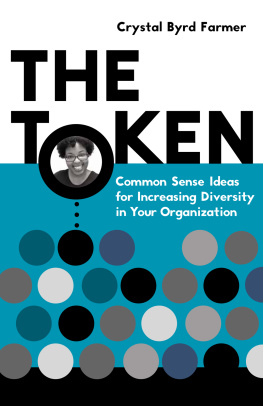
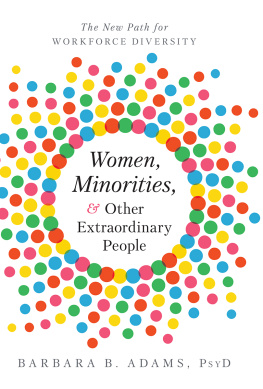
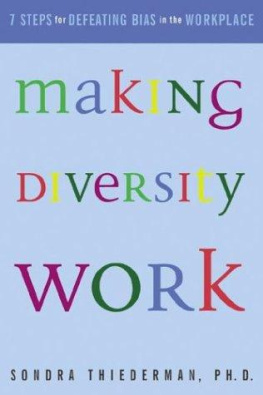



 Jaymies Story
Jaymies Story